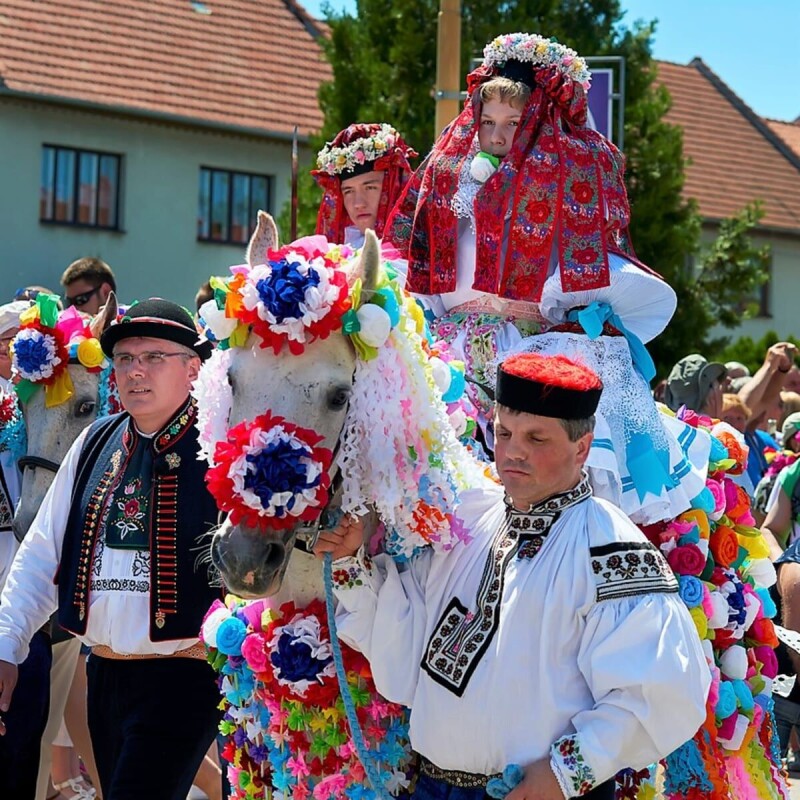In pre-Christian Slavic tradition, the holiday of TURICE, also known as LETNICE or RUSADLIA, was likely among the most significant. The sun had not yet reached its full power, and before the longest day arrived, the day of the SUMMER SOLSTICE, the period of spring festivities would culminate and effectively be concluded with this holiday.
The significance of this holiday lies mainly in its celebration of the symbolic rebirth and renewal of the world, which can be fully observed everywhere at this time. The spring period, culminating with TURICE, is a time mainly associated with water. Our ancestors held watercourses, springs, wells, and water itself in high esteem. However, it was not only water that was revered but also the beings associated with it.
Vodan and Diva ruled over water beings such as watermen, water nymphs, and spirits of springs. May water purification rites were part of the rituals dedicated to these water deities and beings. The rituals and water purification began at the start of May, ensuring that all springs and wells in the area were cleaned by Turice. It is hard to say which of the May days was the most sacred, whether it was the day later dedicated to Sophia, Helena, or Urban. What is certain is that during this period, people brought offerings to the waters and hung colorful ribbons or scarves on trees by rivers and lakes. These ribbons often had knots tied in them, into which secret wishes or pleas were spoken.
And finally, during this watery time, a whip cracks overhead, and TURICE is here, a holiday set fifty days after EASTER. The festival is dedicated to Živa and the sun god Dažbog. Therefore, we can say that the main Turice ritual is the election of the king and queen, though often all other May rituals were performed as well, such as lighting sacred twin fires, cleaning wells, offering sacrifices to the waters, and erecting maypoles.
The election of the king and queen is linked to the wedding ceremony of these two deities, as according to Slavic legends, this period of world renewal follows their marriage. Thus, traditionally, the finest young men and women were chosen and crowned as king and queen, representing Dažbog and Živa. The king and queen were crowned by a figure wearing a bull mask, symbolizing the god Veles in the form of a bull – a symbol of the deity itself and of fertility. This suggests the reason why this festival is called Turice.
A hallmark of Turice festivities is the green color brought into homes through blessed green and flowering branches. The most powerful protective properties were attributed to hazel, but the branches could also be from linden, birch, or beech. Other rituals of this festival included walking around fields and orchards with burning torches to ensure crop protection. These processions or parades were often led by participants in masks, with a bull mask at the front, followed by various other animal masks, masks of ancestors, or even a male straw effigy. Turice is one of the most joyous holidays in the Slavic year. All rituals and ceremonies during the holidays were accompanied by music, singing, and ritual whip cracking.
A whip cracks overhead, and TURICE is here!


















